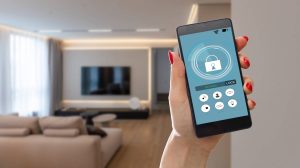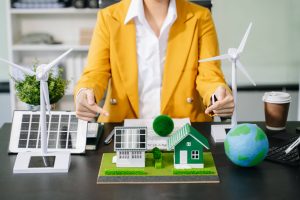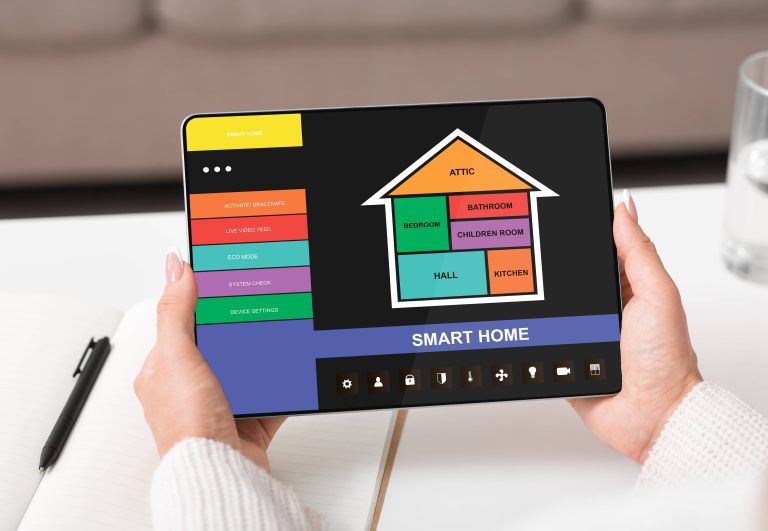
In today’s fast-paced world, the pursuit of efficiency and comfort has sparked remarkable innovations, particularly in the realm of smart homes. As technology continues to evolve, the integration of smart home devices has proven to significantly transform our living spaces for the better. However, beyond convenience and luxury, there’s another crucial benefit to home automation that often goes understated — sustainability. Automating your home can foster environmentally friendly living, helping reduce your carbon footprint while paving the way for a greener future.
Understanding the Environmental Impact
Before we delve into the specifics of home automation, it’s essential to understand the environmental impact of our everyday actions. Our homes are significant consumers of energy, contributing to greenhouse gas emissions and overall environmental degradation. Heating, cooling, lighting, and electronic gadgets all require substantial energy inputs. By embracing automation, we can use technology to manage these resources more efficiently, ultimately resulting in a more sustainable lifestyle.
Smart Thermostats: Precision in Climate Control
One of the quintessential elements of a green smart home is the smart thermostat. Unlike traditional thermostats, smart thermostats learn your habits and adjust the temperature accordingly. For instance, if you tend to leave the house for work at 8 AM, the thermostat can reduce heating or cooling when you’re not home and bring it back to your preferred temperature just before you return.
Moreover, many smart thermostats can be controlled remotely via smartphone apps. This means if you forgot to turn off the heating while on vacation, you could easily rectify this oversight with a few taps. Such precision in climate control doesn’t only enhance comfort but significantly reduces energy wastage, cutting down on unnecessary power consumption and associated costs.
Smart Lighting: Bright Ideas for Energy Efficiency
The next frontier of energy-saving innovation lies in smart lighting. Traditionally, incandescent bulbs were infamous for their inefficiency, with a large portion of the energy consumed being emitted as heat rather than light. However, LED bulbs, which are commonly used in smart lighting systems, consume far less energy and have a much longer lifespan.
Smart lighting systems offer even more sustainability perks. Motion sensors can detect when rooms are unoccupied and turn off the lights, preventing the all-too-common scenario of lights being left on in empty rooms. Additionally, these systems can be scheduled to dim or brighten according to the time of day, naturally regulating light usage and mimicking natural daylight patterns.
Automated Window Blinds: Harnessing Natural Light
Automated window blinds and shades present an often-overlooked opportunity for energy-saving. These devices can work in tandem with smart lighting and thermostat systems to optimize the use of natural light and maintain indoor temperatures. For instance, in the summer, the blinds can be programmed to close during peak sunlight hours to keep the home cooler, reducing the need for air conditioning. Conversely, in the winter, opening the blinds during sunny periods can warm up the space.
Incorporated with sensors, these blinds can even adjust themselves based on the intensity of sunlight and the time of day, ensuring that your home remains comfortable while minimizing the use of artificial lighting and climate control systems.
Smart Plugs and Energy Monitoring: Power Under Control
Oftentimes, we underestimate the energy consumption of appliances when left in standby mode, colloquially referred to as ‘phantom load.’ Smart plugs address this issue by enabling you to cut power completely to devices that aren’t in use. For instance, you could schedule your entertainment system to completely power down during the night when it’s not in use, rather than leaving it on standby.
Coupled with energy monitoring systems, smart plugs provide insight into the energy usage of individual devices. This transparency allows you to identify which appliances are the most power-hungry and make informed decisions to either limit their use or replace them with more energy-efficient alternatives.
Integration with Renewable Energy: Beyond Consumption
Another significant step towards a greener future is integrating your smart home with renewable energy sources like solar panels. Smart home systems can optimize the use of generated solar power by scheduling energy-intensive tasks (e.g., running the dishwasher, charging electric vehicles) when solar power production is at its peak. Additionally, any surplus energy produced can be stored in home batteries or fed back into the grid, increasing the efficiency of renewable energy use.
Water Management: Conserving Every Drop
Smart home automation goes beyond just energy management; it also extends to water conservation. Smart irrigation systems, for example, adjust watering schedules based on weather forecasts and soil moisture levels, ensuring gardens and lawns receive the right amount of water, reducing wastage.
Similarly, smart leak detectors can alert you to any leaks in your plumbing system, allowing for prompt repairs and preventing water loss. By placing these detectors in areas prone to leaks, such as under sinks and near water heaters, you can save not only water but also avoid potential water damage and costly repairs.
Conclusion: A Symbiotic Relationship
At its core, automating your home for a greener future isn’t just about installing the latest gadgets for the sake of convenience. It’s about fostering a symbiotic relationship between advanced technology and sustainable living. By thoughtfully integrating smart thermostats, lighting, window blinds, plugs, renewable energy systems, and water management tools, you can significantly reduce your environmental impact while enjoying enhanced comfort and efficiency in your daily life.
The journey towards a greener future starts at home. As technology continues to evolve, making the conscious choice to utilize it responsibly will benefit not only your personal living environment but also the planet. Embrace automation today, and take the first step towards a sustainable, smarter home.
—
By leveraging smart home technologies, we can create a living environment that is both comfortable and ecologically responsible. The adoption of these technologies can drive significant progress toward reducing our carbon footprint and ensuring a healthier planet for future generations. So, let’s automate our homes for a greener future and lead the way in sustainable living.







